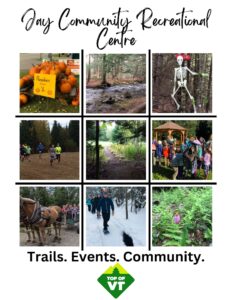Nature’s Dance. Farmer’s Craft.
As winter’s icy grip loosens, and the first whispers of spring grace the air, Vermont transforms into a wonderland of sugar maples and the promise of liquid gold. Maple season, also known as sugaring season, is a cherished tradition in the Green Mountain State, where nature and farmers engage in a harmonious dance to produce the world-renowned Vermont maple syrup.
The Awakening of Nature:
Maple season typically begins in late winter or early spring, when temperatures fluctuate between freezing nights and thawing days. This magical combination signals the sugar maples to awaken from their winter slumber. As the trees come to life, the sap begins to flow, rising from the roots to nourish the branches and buds.
This natural process is a delicate dance between the trees and the environment, dependent on the unique climate conditions of Vermont. The gradual warming during the day causes the sap to rise, while the freezing temperatures at night create suction, drawing the sap back down into the roots. This rhythmic cycle continues until the trees begin to bud, marking the end of the sugaring season.
Tapping into Nature’s Sweetness:
Farmers, armed with traditional tools and modern technology, tap into nature’s sweetness by carefully placing spouts into the sugar maple trees. The sap drips slowly into buckets or is collected through a network of tubing that directs it to a central collection point. Tapping does not harm the trees; in fact, it is a sustainable practice that has been perfected over generations.
Once the sap is collected, it’s time for the farmers to transform it into the liquid gold that is Vermont maple syrup.
The Syrup-Making Process:
- Collection: The collected sap, which is mostly water at this stage, is transported to the sugarhouse. The sap-to-syrup ratio is about 40:1, emphasizing the incredible amount of sap required to make maple syrup.
- Evaporation: In the sugarhouse, the sap is poured into large evaporators. These evaporators use wood-fired or modern fuel-efficient systems to boil off the excess water, leaving behind the concentrated maple sap.
- Finishing: As the sap thickens, it goes through a finishing process to achieve the desired consistency and flavor. This is a crucial step where the art of syrup-making shines. Experienced sugarmakers rely on their senses to determine when the syrup is just right, striking the perfect balance between sweetness and richness.
- Filtering and Bottling: The final product is then filtered to remove impurities, resulting in the pure, golden nectar that is Vermont maple syrup. The syrup is carefully bottled, ready to grace breakfast tables and culinary creations around the world.
Vermont’s maple season is not just a seasonal event; it’s a celebration of nature’s resilience, the artistry of farmers, and the sweet bounty that results from their collaboration. As the days grow longer and warmer, the maple trees’ branches heavy with buckets and tubing tell a story of tradition, sustainability, and a love for the land. So, the next time you drizzle that velvety syrup on your pancakes, savor the taste of Vermont’s maple season – a truly remarkable journey from nature to table.




